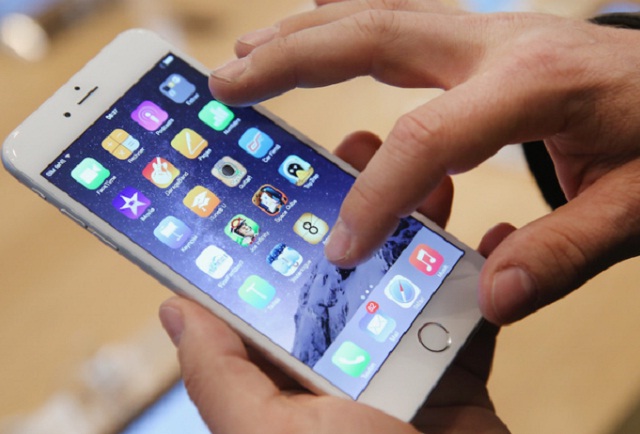
Barcelona, Spain | AFP | Mobile phones are helping transform how relief agencies respond to humanitarian crises by enabling them to pin point where aid is needed most after hurricanes, earthquakes and other disasters.
At the same time, mobile apps that need just a few taps of the finger to make a donation are becoming an increasingly important source of funding to relief efforts, aid workers and tech specialists said at this week’s Mobile World Congress in Barcelona.
Telecoms operators can see where people are gathering after a disaster strikes by tracking cellphone location data, said Mats Granryd, director general of the GSMA, the global mobile operators’ association that organises the world’s largest mobile phone fair.
“By combining mobility data with other data sources, operators can support decision-making and planning by governments and NGOs,” he said.
GSMA is working with 20 major mobile operators that are present in over 100 countries to establish a standard framework on how to collect and analyse data from their networks for disaster relief.
– ‘Extremely important’ –
The UN’s World Food Programme (WFP), the world’s largest humanitarian agency fighting hunger worldwide, works with mobile operators to “know where people go” when fleeing from a disaster area or conflict zone, said Enrica Porcari, the agency’s IT director.
“This is extremely important for us to understand where to position our assistance to make sure that it reaches people,” she added at the conference.
Relief agencies also sift through the thousands of pictures and posts which people share on social media after a disaster to get a view of conditions on the ground.
Software has been developed that can mine tweets and other crowd-sourced reports from crisis zones to find out what is happening where — from mapping floods to identifying relief needs after a hurricane.
The US Federal Emergency Management Agency’s app even has a feature called “Disaster Reporter” which allows users to take pictures that are automatically geo-tagged and mapped, helping identify areas that need relief efforts.
The agency also employs people, dubbed “social listeners”, to look at Facebook, Snapchat and other social media sites during disasters to gather intelligence that complements the information gathered offline, through traditional means.
– App donations –
Mobile phones have also become a key source of donations.
The percentage of online donations made in the United States on a mobile device soared to 21 percent last year from just nine percent in 2014, according to the Blackbaud Institute’s 2017 charitable giving report.
The WFP launched in 2015 a mobile app that lets people around the world quickly donate as little as 50 US cents — enough money to meet the nutritional needs of a child for one day.
 The Independent Uganda: You get the Truth we Pay the Price
The Independent Uganda: You get the Truth we Pay the Price



